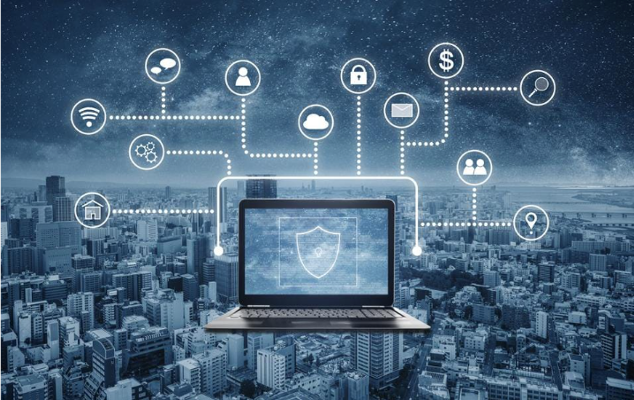Vulnerability and Configuration Management: Unlocking Value for IT Operations
Going back to basics - Strategies for addressing today’s IT operations and security challenges
This year began much as 2020 ended, with nation-state attacks exploiting vulnerabilities across global organizations.
With tens of thousands of Microsoft Exchange servers compromised in the US alone, the attacks highlighted an unpalatable truth. Many organizations still struggle to mitigate cyber-risk effectively because they do not have comprehensive visibility of endpoints in their environment and fail to implement basic IT cyber hygiene practices like regular patching.
The challenge is one of several, including the ability to reduce IT complexity, improve security posture, and streamline cloud migration. In today’s anywhere working world, organizations need a single platform for scalability, visibility, and manageability.
Remote working drives cyber risk
Last year 90 percent of CXOs reported an increase in cyberattacks as threat actors sought to capitalize on new remote working security gaps. Highlights from a recent ESG Global report entitled “New Priorities for IT Operations”, include the following:
- A broader cloud attack surface: 40 percent of organizations had major concerns about the security of collaboration platforms for their remote workers
- A surge in IT endpoint complexity: 35 percent of respondents told ESG their organization now supports 5,000 or more endpoint computing devices
- An increase in endpoint vulnerabilities: 42 percent of organizations said their biggest challenge is an increased volume of bugs due to more remote workers
- Existing infrastructure under strain: 35 percent of organizations claimed one of their biggest challenges with remote working is the strain it places on network infrastructure like VPNs. We found this can lead to problems with patching: 43 percent of CXOs told us they have had issues updating workers’ personal devices
Why vulnerability and configuration management matters
Vulnerability and configuration management tools should be able to help IT manage these cyber-risks by providing continuous monitoring and remediation of endpoints. This is vital to stem the tide of potential financial and reputational damage that serious breaches can lead to — including non-compliance risks.
However, many organizations face problems with existing tools. They’re often too narrowly focused, forcing IT buyers to invest in multiple siloed solutions. They may lack real-time visibility and therefore leave organizations exposed for days or weeks. And they’re often bandwidth-intensive but lacking in crucial remediation capabilities.
Securing the hybrid workplace
The hybrid workplace is the new normal. According to ESG Global, over two-fifths (44%) of organizations prefer to keep as many employees working remotely as long as possible and that 48% are comfortable with the status quo for the foreseeable future. In practice, this will be a working environment characterized by greater use of cloud apps and infrastructure, and a migration away from desktops and towards laptops and mobile devices.
However, this means greater IT complexity and a potential increase in endpoint visibility gaps to manage. At the same time, organizations want to become more operationally efficient, collaborative, innovative, and digital-centric.
Against this backdrop, here is a three-point plan for enhancing cybersecurity:
- Tackle enterprise-wide visibility gaps, poor centralized control, and inconsistent policy enforcement. The right asset discovery and inventory, patch management and vulnerability, and configuration management tools would significantly help organizations.
- Fix IT tool sprawl which perpetuates IT security-operations siloes, diminishes IT productivity, and increases risk. Look for a single platform that can handle everything from asset discovery to patching.
- Focus on endpoint device management to ensure that all employees are always using properly configured and patched devices. Continual monitoring of all endpoints, wherever they are, helps you to visualize, contextualize, prioritize, and take action quickly and remediate vulnerability and configuration issues.
In summary, in the new hybrid workplace, a pragmatic roadmap for IT sustainability is needed to safeguard users, data, and operations. Integrated platforms that leverage real-time endpoint telemetry that delivers visibility combined with better workflows spanning multiple domains radically help organizations to implement efficient IT cyber hygiene practices, reduce risk, and remain compliant.
Tanium offers Vulnerability and Configuration Management, Patch Management, Asset Discovery and Inventory and many other solutions to help mitigate risk at speed and scale across your hybrid workplace — all from a single platform.




